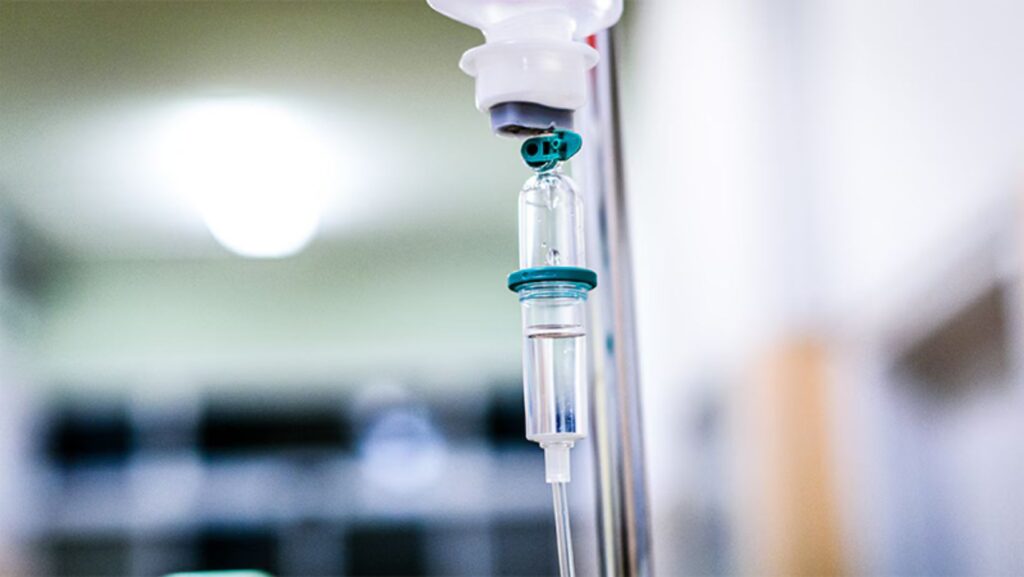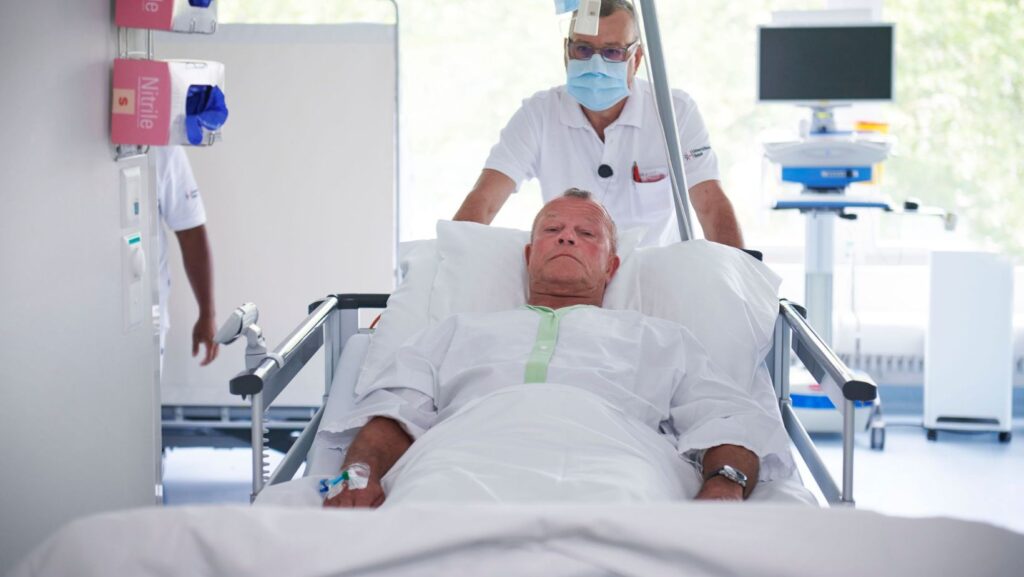A new study presented at the American Stroke Association’s International Stroke Conference 2025 has revealed that the clot-dissolving drug alteplase significantly improves stroke recovery, even when administered up to 24 hours after the onset of symptoms. These findings could reshape stroke treatment protocols worldwide, potentially expanding treatment eligibility for millions of patients.
Expanding the Treatment Window for Ischemic Stroke

Ischemic strokes, caused by blood clots blocking arteries in the brain, require rapid treatment to minimize brain damage. Currently, alteplase is FDA-approved in the U.S. for use within three hours of stroke onset and is recommended for select patients up to 4.5 hours. Some previous research has suggested benefits for patients treated within 9 hours. However, this new study, led by Dr. Min Lou from Zhejiang University’s School of Medicine, extends that potential treatment window even further.
Researchers enrolled 372 stroke patients whose symptoms had begun between 4.5 and 24 hours earlier. Using CT perfusion imaging—a specialized brain scan that identifies salvageable brain tissue—they confirmed which patients could still benefit from treatment. The participants were randomly assigned to two groups: one receiving alteplase and the other receiving standard stroke care with antiplatelet therapy.
Promising Results: Higher Recovery Rates with Alteplase

After 90 days, researchers assessed the patients’ functional recovery using the modified Rankin scale, which measures disability on a scale from 0 (no symptoms) to 6 (death). The results were striking:
- 40% of alteplase-treated patients had little to no disability compared to 26% of those receiving standard care, representing a 54% higher chance of functional recovery.
- Mortality rates were the same in both groups (10.8%).
- Fewer than 3% of patients required additional mechanical clot removal.
- The risk of brain bleeding was slightly higher in the alteplase group (3.8% vs. 0.5%), but researchers believe this is a manageable risk.
“We believe these findings mean more people may return to normal or near-normal lives after a stroke, even if they receive treatment later than originally thought beneficial,” said Dr. Lou.
Implications for Future Stroke Treatment

If these results hold up in further studies, alteplase could become a treatment option for patients far beyond the current guidelines—especially in hospitals equipped with CT perfusion imaging. This would be a game-changer for patients in rural or underserved areas where immediate treatment is often unavailable.
Researchers are now calling for further studies on other clot-dissolving medications, such as tenecteplase, to determine their safety and effectiveness when administered beyond the traditional treatment window. They also note that more research is needed to confirm whether these results apply to diverse populations outside of China.
For now, these findings provide renewed hope for stroke patients and could lead to a major shift in how medical professionals approach treatment in the critical hours after a stroke.
American Heart Association. “Clot-busting meds may be effective up to 24 hours after initial stroke symptoms.” ScienceDaily. ScienceDaily, 7 February 2025. <www.sciencedaily.com/releases/2025/02/250207182009.htm>.

